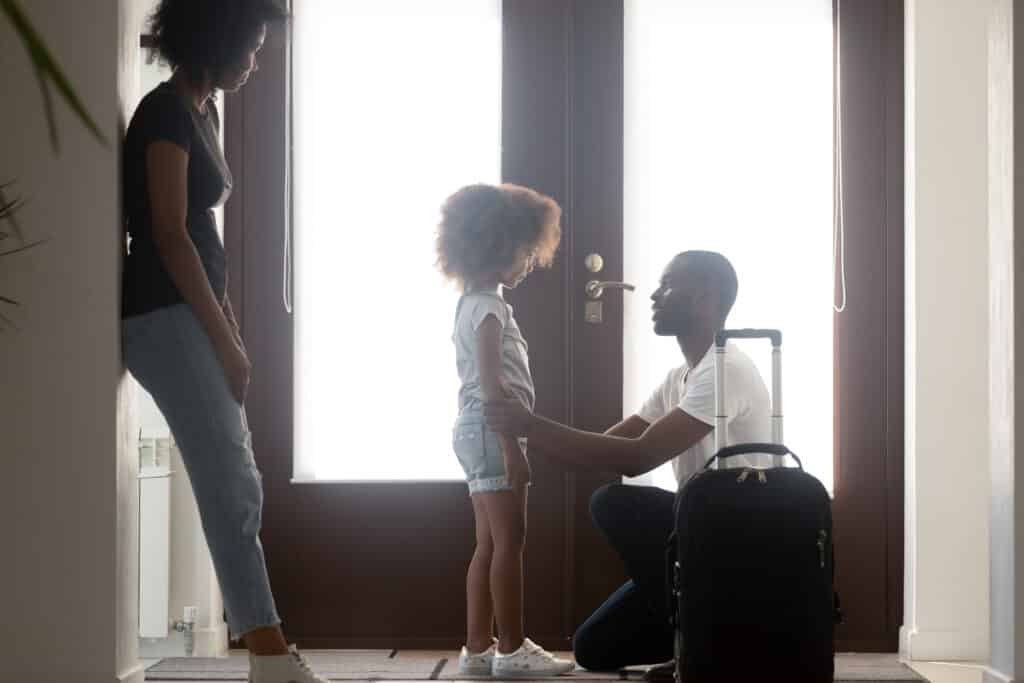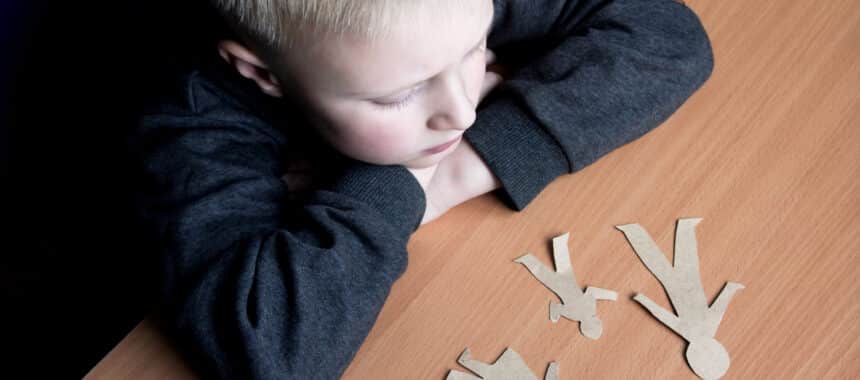For most people, divorce is an emotionally complex process, and the complexity tends to increase when there are children involved. If you and your spouse are deciding on custody arrangements and are curious about the possible arrangements that can be finalized, let us share about the types of custody in Georgia and the most common types of arrangements that are possible.
What Types of Child Custody Are There in Georgia?
Georgia recognizes two types of custody: legal custody and physical custody.
Legal Custody
Legal custody grants parents the right to make big, important decisions that directly affect the child’s health and well-being. Parents with legal custody have the right to make decisions on the child’s behalf in areas like:
- Education/schooling
- Healthcare
- Religion
- Extracurricular activities
Within the structure of legal custody, parents can either have joint legal custody or sole legal custody:
- Joint Legal Custody – Both parents maintain legal custody of their child, and they have equal rights to be involved in the decisions regarding the upbringing of their children. However, one parent must be designated as the final decision maker in the following areas: education, non-emergency medical, extracurricular activities, and religion.
- Sole Legal Custody – One parent is granted legal custody of their child and is the only one legally allowed to make major decisions on behalf of the child.
Physical Custody
Physical custody grants parents the right to look after the child in their home or place of residence. Within the structure of physical custody, there are many different arrangements that can work for families:
- Joint Physical Custody – Sometimes called “shared custody” or “shared parenting,” both parents have equal amounts of time with their child. The child will live with one parent for a determined period of time and another parent for an equal amount of time.
- Primary Physical Custody – The child spends more time with one parent than the other but regularly and frequently visits the other parent.
- Sole Physical Custody – If the court deems it to be in the best interest of the child, one parent will be granted sole custody of the child. Sole physical custody is rare, but it could be necessary if the other parent is determined to be unfit or unsafe. In many sole physical custody arrangements, the noncustodial parent may still have visitation rights granted; these visitations would likely be supervised.
What About Primary Custody?
Primary custody is an arrangement that falls between joint and sole physical custody, where one parent is granted more physical custody of the child than the other parent. In other words, the parent with primary custody has physical custody more than 50% of the time.
One thing to note: the phrase “primary custody” is not used in Georgia’s legal codes. Instead, the codes recognize the “custodial parent,” or the parent who has physical custody more than 50% of the time. The parent with physical custody less than 50% of the time is referred to as the noncustodial parent or the secondary custodial parent.
Parents can come to an agreement as to who the custodial parent should be, or the interested parent can work to prove to the court that granting them primary custody will be in the child’s best interest.

What Are the Possible Custody Arrangements?
There are a number of possible custody and visitation arrangements that spouses can agree to or that judges can determine. The most common arrangements include:
Sole Legal and Sole Physical
Also referred to as sole custody, this is an arrangement where only one parent has both legal and physical custody of the child. This is a rare arrangement that judges prefer to avoid unless there are clear reasons why the other parent should not have custody. Possible reasons include:
- A history of domestic violence, physical abuse, sexual abuse, or substance abuse
- An inability to care for, nurture, and safeguard the child
- Mental illness
Joint Legal and Joint Physical
Joint legal and joint physical custody is an arrangement where parents share equally in both forms of custody. Both parents are expected to work together to make major life decisions for their child, and both parents are expected to work together to ensure the child spends an equal amount of time residing with each parent.
Sharing joint custody could mean that the child swaps between their parents’ homes every other week or every few days.
Joint Legal and Primary Physical
This is the most common custody arrangement where both parents have equal legal custody, but the child resides with one parent for most of the time. Allowing a child to stay in one home for the majority of the time can be easier on them mentally and physically and is considered to be in their best interest.
Joint Legal and Sole Physical
This is another rare arrangement where both parents have equal legal custody of the child, but one parent is granted sole physical custody. Reasons that would lead parents or a judge to this arrangement are typically unique and specific to the circumstances of the parent(s).
If you are facing a divorce and want to learn more about the types of child custody arrangements in Georgia, contact Platt Family Law.
Rachel Platt and our all-female family law attorneys represent families facing divorce, child custody disputes, and all other family law matters. Our knowledgeable, experienced attorneys can navigate your legal case, protecting your children and working toward positive, favorable outcomes.
Schedule a consultation with our firm today to discuss your case: 404-255-3434
Related Articles:

